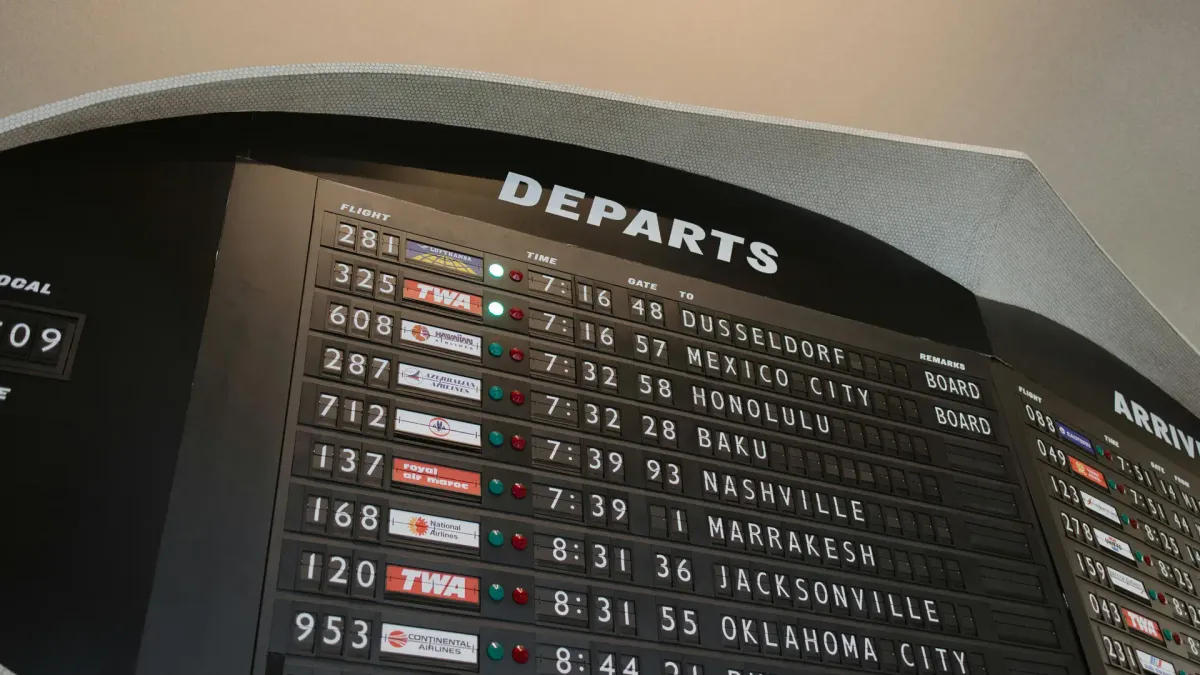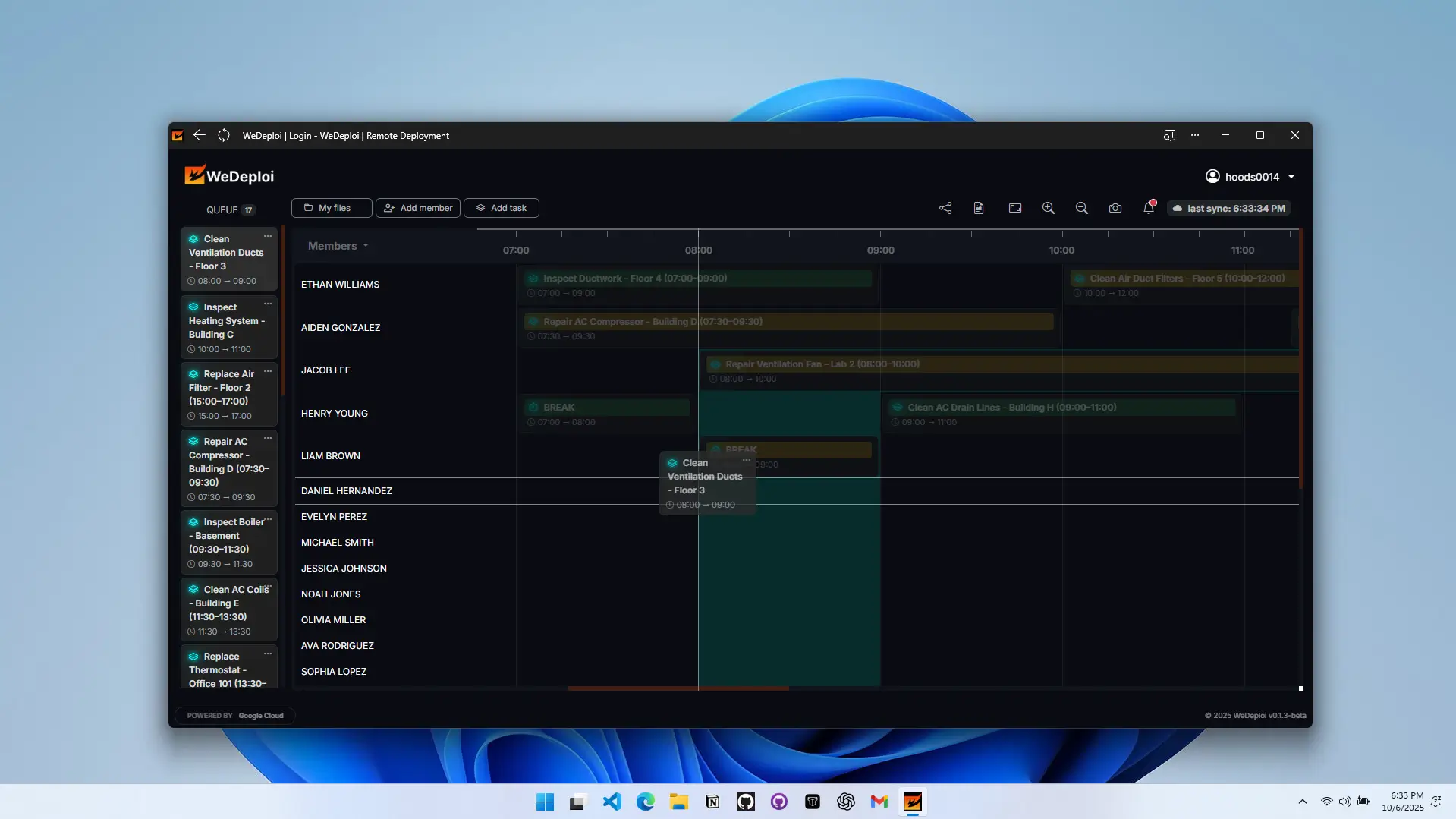From Ramp to Office: How Aviation Scheduling Principles Can Boost Productivity

One small delay on the ramp can ripple through the entire operation, affecting flights, crews, and passengers. Surprisingly, the same principles that keep planes on time can transform productivity in any business from offices and delivery teams to production floors.
Align Before You Start
Top ramp teams don’t dive straight into work. Every shift begins with a short alignment:
- Which aircraft arrives first?
- Which equipment and staff are available?
- What tasks depend on others, and in what order?
This quick check prevents bottlenecks, reduces idle time, and ensures smooth handoffs. In business, this is just as effective. A five-minute daily alignment at the start of your workday can prevent hours of wasted effort.

Bringing Aviation Principles to Your Team
Most offices work reactively. Tasks pile up, responsibilities overlap, and teams scramble to catch up. Applying aviation scheduling principles can fix that.
- Daily Check-Ins: A short morning meeting to review priorities, dependencies, and potential conflicts keeps everyone on the same page. Even five minutes matters.
- Visualize Workflows: Tools like Trello, Asana, Monday.com, or Wedeploi let teams see tasks, deadlines, and handoffs in real-time. Visualizing work prevents overlaps and ensures nothing falls through the cracks.
- Add Micro-Buffers: Leave small gaps between tasks or meetings. This prevents cascading delays if one task takes longer than expected.
- Adapt Quickly: Aviation teams adjust instantly when situations change. Using modern tools, businesses can reassign tasks, shift deadlines, or redistribute workloads to keep productivity flowing.
Why It Works
Most inefficiencies come from poor visibility and static schedules, not laziness or lack of skill. Misaligned priorities, overlapping responsibilities, and lack of planning create invisible time drains. A daily alignment and visual workflow make dependencies clear, prevent conflicts, and reduce stress.
Real Results
Teams that adopt these habits notice:
- Deadlines hit consistently.
- Stress levels drop because everyone knows what to focus on.
- Smooth handoffs improve overall efficiency.
- Productivity increases without adding more hours or staff.

Modern Tools That Make It Easy
- Trello & Asana: Visual task boards for tracking assignments.
- Monday.com: Timeline views to spot overlaps and dependencies.
- WeDeploi: A lightweight scheduling tool focused on daily team tasks.
- Google Calendar / Outlook: Quick shared visibility for deadlines and meetings.
Takeaway
Clarity beats chaos. You don’t need long meetings or complex software. A five-minute daily alignment, combined with modern scheduling tools, keeps teams coordinated, reduces stress, and boosts output. Treat your schedule like a living system plan, visualize, adjust and watch productivity soar.




